MIT MRSEC researchers have demonstrated that the combined action of temperature and mechanical stress can tune the relative stability of electronic defects in semiconducting oxides.
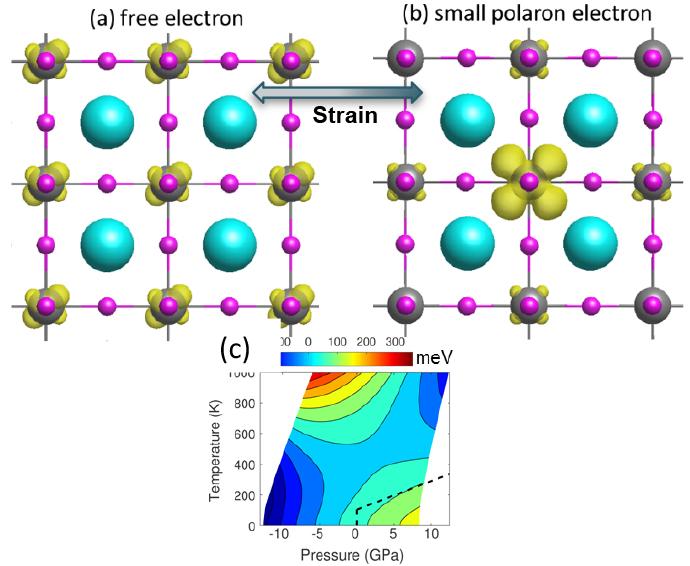
MIT MRSEC researchers have demonstrated that the combined action of temperature and mechanical stress can tune the relative stability of electronic defects in semiconducting oxides.
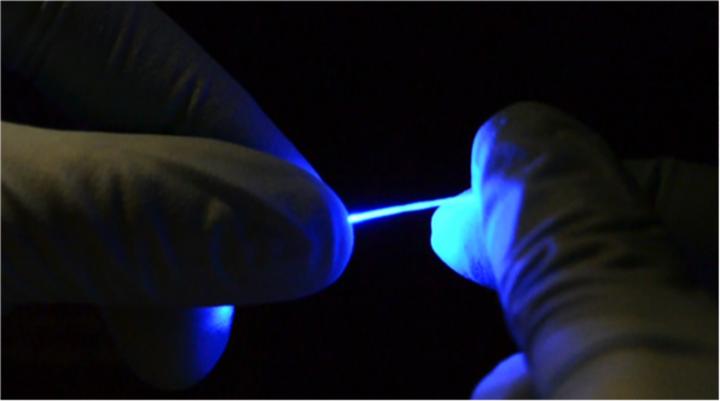
Intellectual Merit: Currently neurological and neuromuscular disorders such as spinal cord injuries and Parkinson’s disease are poorly understood. A impediment to advances in this area is a lack of materials and devices that would allow for precise long-term two-way communication with groups of neurons (nerve cells) in the body.
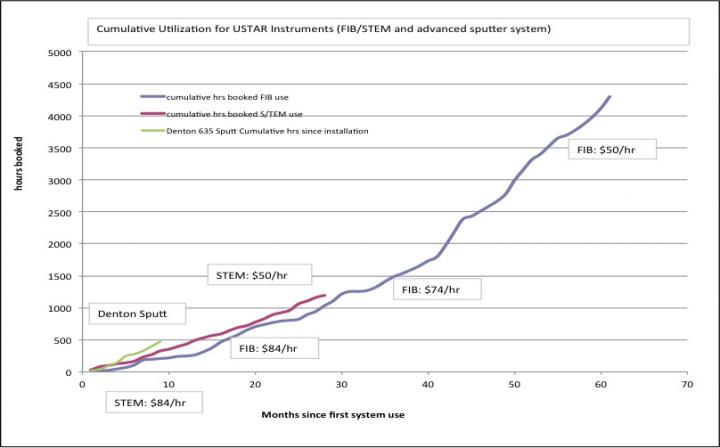
Leveraged upgrades to Scanning Transmission Electron Microscope (S/TEM) and Focused Ion Beam System (FIB) include Gas-phase Environmental TEM, 3D EDS tomography (S/TEM), and others.
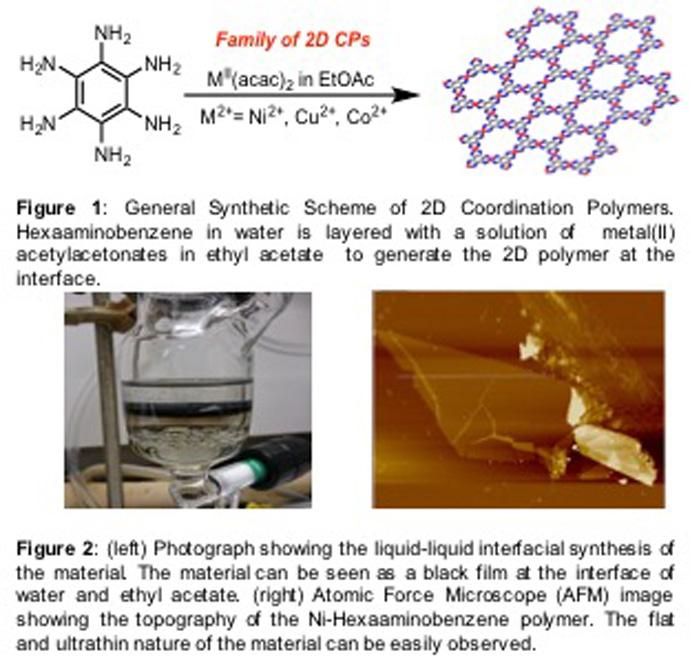
Since the discovery of Graphene, there has been a significant interest in the search of new 2D materials which would show similar interesting properties such as electrical and thermal conductivity, superconductivity, and topological gap.
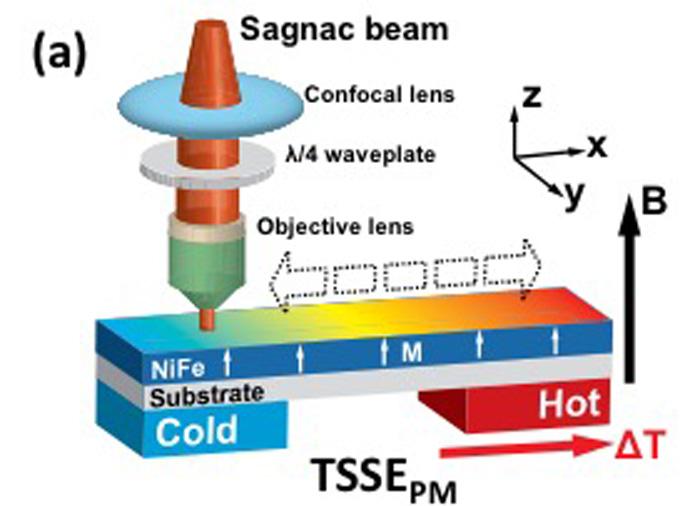
The field of spintronics, which involves the design of novel electronic devices that utilize the spin of electrons, requires researchers to develop a robust source of spin-polarized currents to fuel future technology.
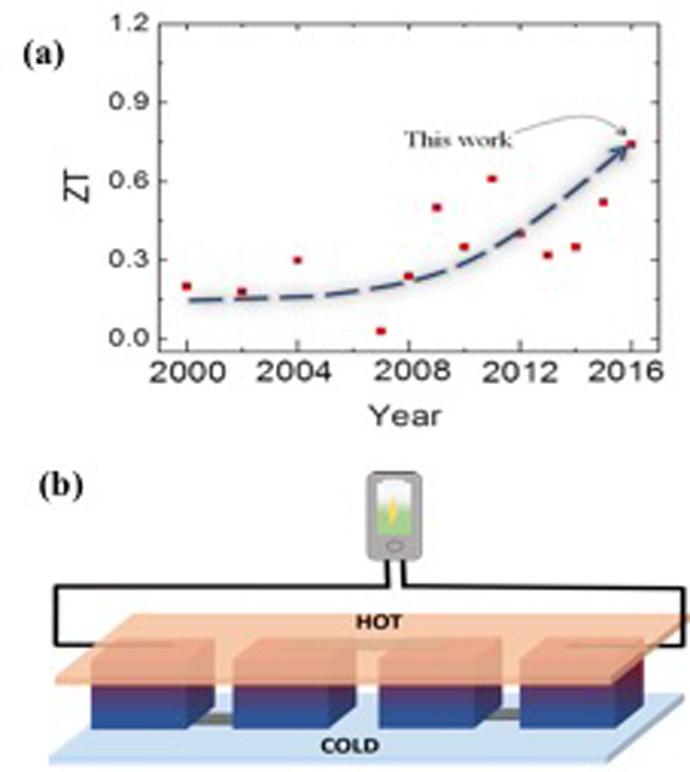
We have achieved the enhanced thermoelectric response in polycrystalline Ca3Co4O9 on doping Tb ions in the material. Specifically, a high figure of merit (ZT) of 0.74 at 800 K was observed for Ca2.5Tb0.5Co4O9.
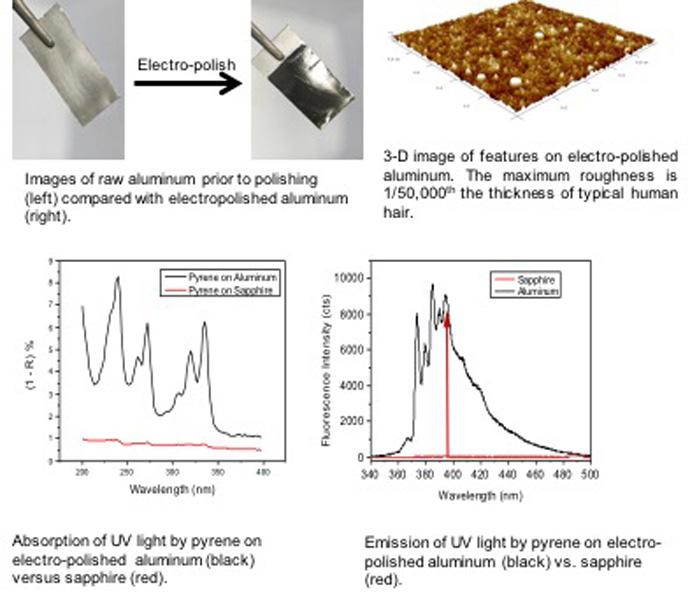
Both the absorption and emission of ultraviolet light by pyrene (PAH compound) are enhanced by more than 30-fold on nanostructured aluminum, compared to an equivalent control sample on sapphire (aluminum oxide).
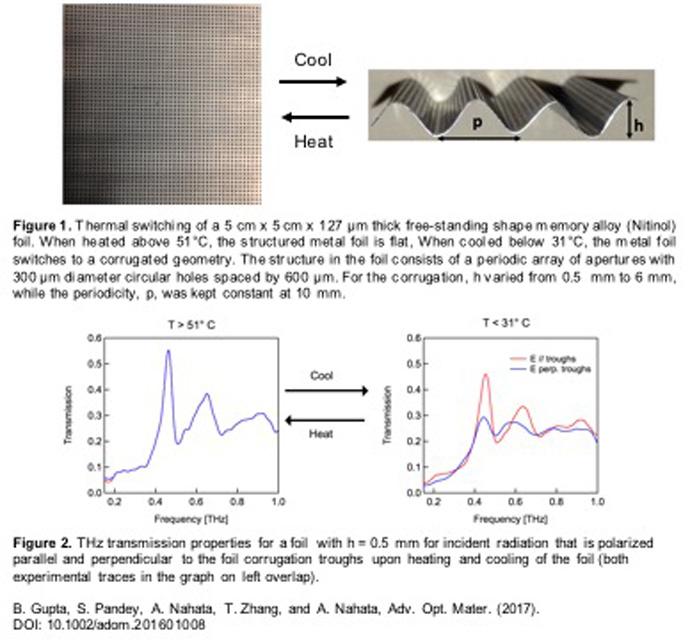
We show the first demonstration of shape memory alloys being used for active THz devices. The metal foil was found to reproducibly cycle between the two geometries over 100 times.

Utah MRSEC establishes science and engineering afterschool clubs at community centers and schools serving predominately underrepresented minority (URM) students in those fields. The Education and Outreach team then hires and trains University of Utah undergraduates to lead the clubs and deliver hands-on activities each week.
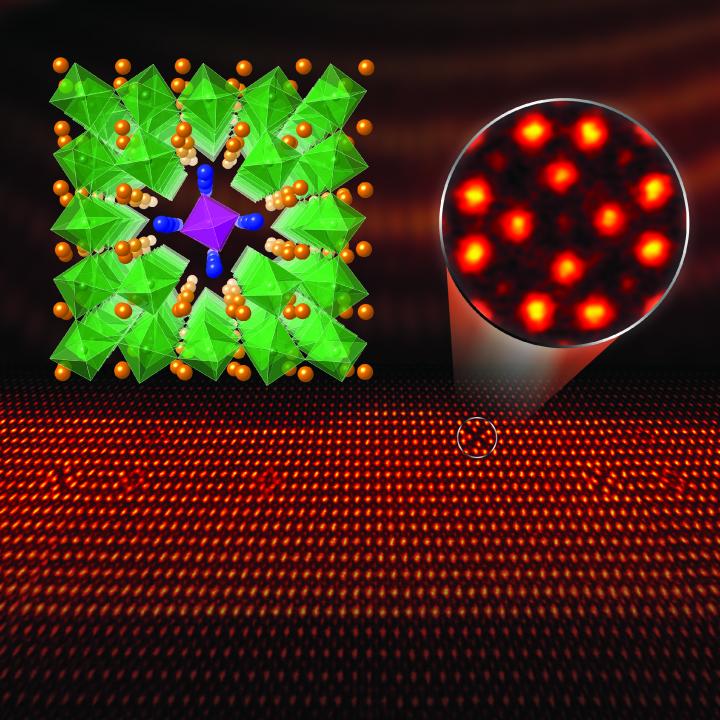
Defects, essentially locations in a crystal where the perfect arrangement of atoms is disturbed, are inherent in materials, and play a key role in their function.